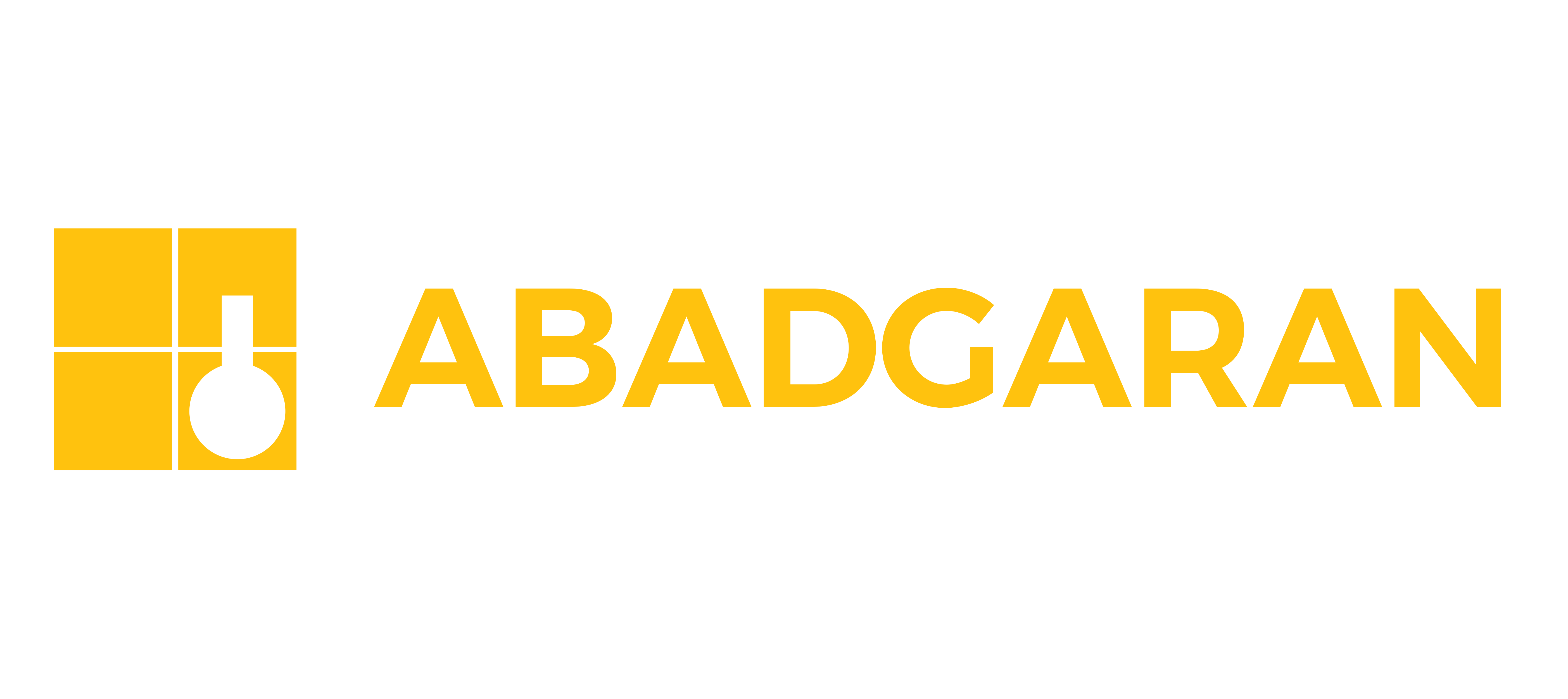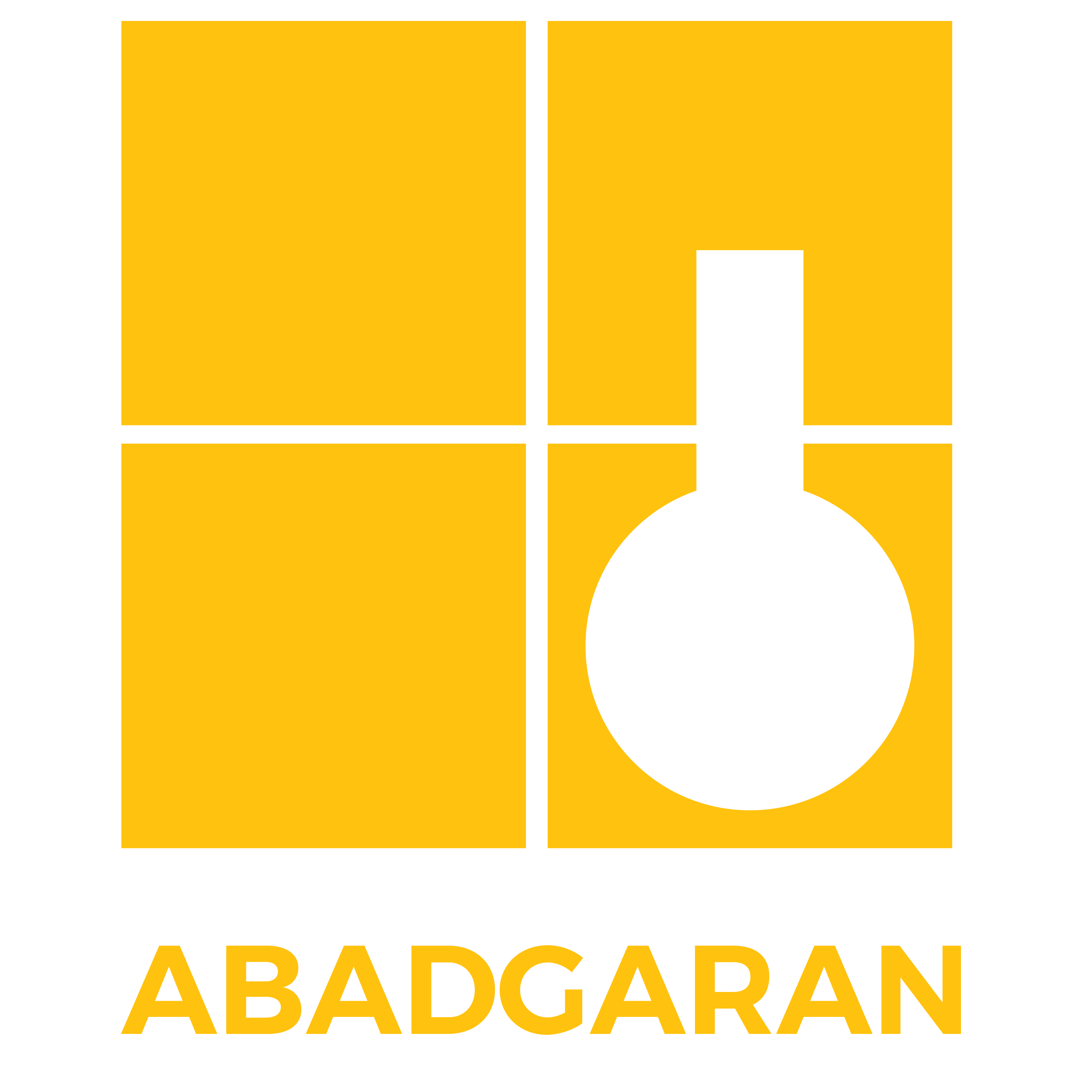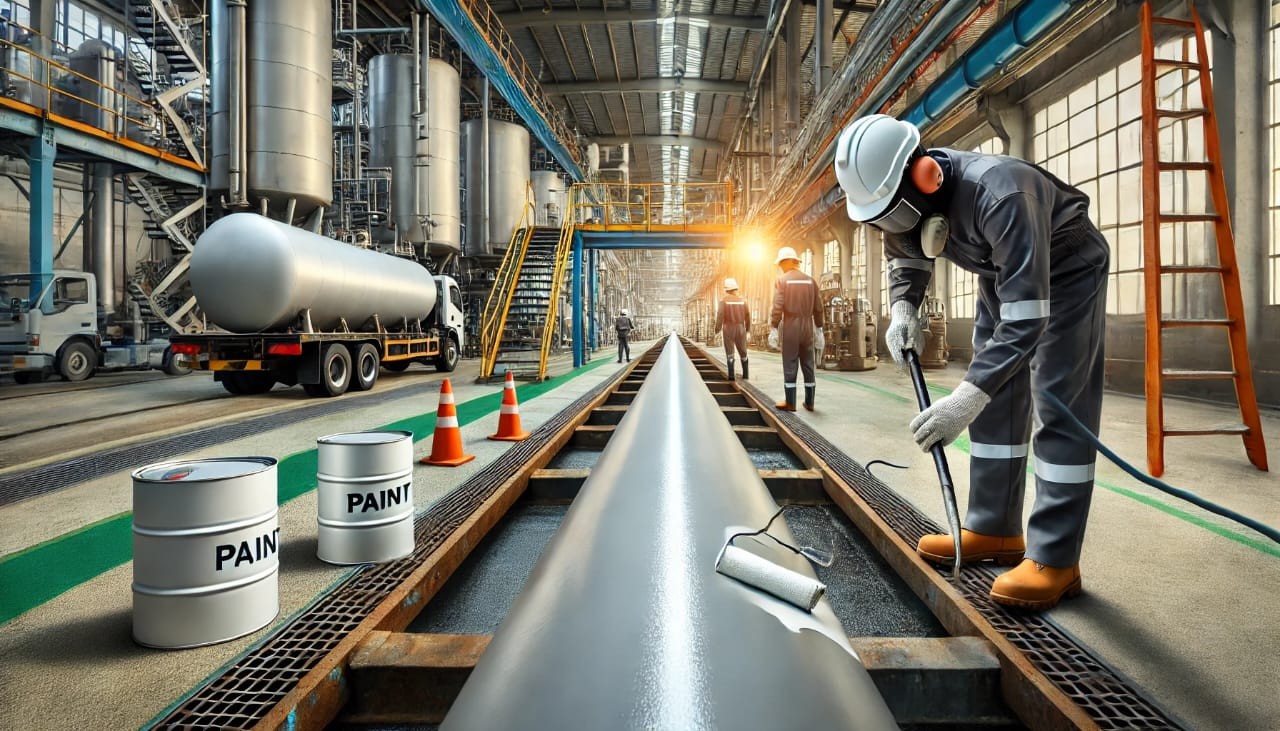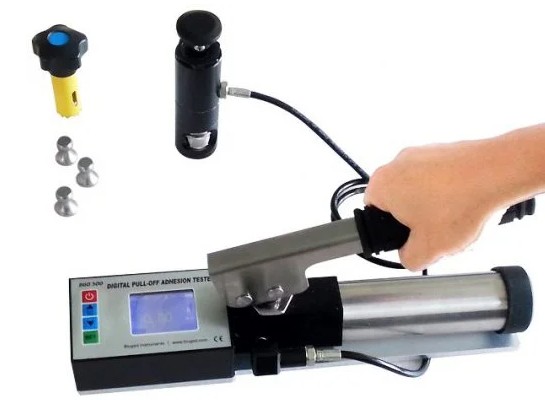
Please wait, loading...

Please wait, loading...

![]()

Two-component polyurethane coatings are high-performance protective materials widely used in industries such as oil, gas, petrochemical, and construction. Their outstanding resistance to abrasion, corrosion, chemicals, and UV radiation makes them ideal for demanding conditions. These coatings consist of two reactive components—a resin and a hardener—that chemically react upon mixing to form a tough and durable film. Standards such as IPS-M-TP-235 and INSO 5954 define performance and quality assurance criteria for these coatings.

What Are Two-Component Polyurethane Coatings?
Chemical Structure and Composition:
Once mixed, the components undergo a curing process at room or elevated temperature, producing a uniform, resilient, and long-lasting film.
Key Advantages of Two-Component Polyurethane Coatings
IPS-M-TP-235 Requirements (Issued by National Iranian Oil Company)
This standard outlines the technical specifications for industrial-grade polyurethane paints. Key parameters include:
INSO 5954 Requirements (Iranian National Standard)
This standard details the visual and performance characteristics of two-component polyurethane paints:

Standardized Tests for Quality Evaluation
To ensure consistent quality, the following tests are conducted:

Applications of Two-Component Polyurethane Coatings
Due to their outstanding properties, these coating are widely used in:
Featured Product: ABACOAT PUR-40 by Abadgaran
ABACOAT PUR-40 is a two-component polyurethane coat formulated with acrylic polyol resin and isocyanate hardener. It offers high mechanical strength, excellent adhesion, and long-term resistance to UV and harsh environments. Often used as a topcoat over epoxy primers and intermediates, it delivers a durable, flexible, and visually appealing finish.
Conclusion
Two-component polyurethane paints are a reliable choice for industrial and commercial coatings, offering exceptional durability, flexibility, and resistance to environmental stress. Standards IPS-M-TP-235 and INSO 5954 are essential for ensuring consistent performance and safety. By following standardized testing and application methods, the lifespan and effectiveness of these products are significantly enhanced across a wide range of industries.
References: